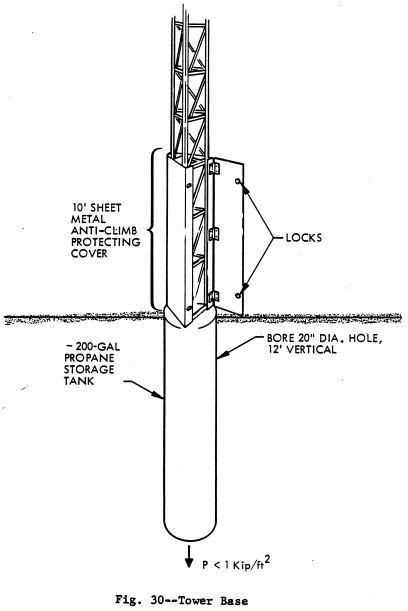April 26, 2024
Primary Source Exercise
The purpose of this exercise was to find a primary source. The contents on this page are quoted from Paul Baran's work for Rand.
Layout of Entire Network
"The first cost estimates for the network assumed that the system would be composed of some 400 Switching Nodes (see ODC-VII) and about 200 Multiplexing Stations (see ODC-VIII). Using a redundancy level of about 3' or 4' (see ODC-I), an approximate network configuration of about 120,000 airline miles of high-data-rate spans, each operating at a data rate of about 4.5 million bits per second, is envisioned. There will be approximately 20 links in the minimum-width network cross-section (not including possible emergency links formed of TV stations and other high-data-rate-capability systems).[1] As has been indicated the most useful land resource at our disposal for forming these networks today is probably the public roadway system, including the right-of-way margins. The requirement of survivability alone determines the distribution of the Switching Nodes, while the location of traffic generating points is the prime consideration in locating the Multiplexing Stations. Techniques for achieving optimum location of the Multiplexing Stations are currently under investigation, but have not yet been sufficiently well developed to permit drawing firm conclusions. Suffice it to say that the proposed distributed network is significantly less sensitive to the requirements for matching trunk capacity between load-generation points than traditional systems. The network can, by its automatic adaptive routing process, correct what today would be considered intolerable mistakes in "traffic layout". The transmitted data is left to find its own path through the network. The capacity of the proposed network indicates a large surplus of network capability when considering only present-day military requirements. Preliminary examination indicates that making a rough, preliminary geographical layout of the network spans and nodes will not be a major undertaking--assuming digital computer programs will be used to help process the large data base. Even today much of the data base needed exists in a form ready for the computer. It is felt that this "traffic engineering" portion of the system cost, when divided among the large number of repeater stations required, will be small compared to some of the items enumerated below, and will not be described further at this time."

Reference
⇑ Up to top of page